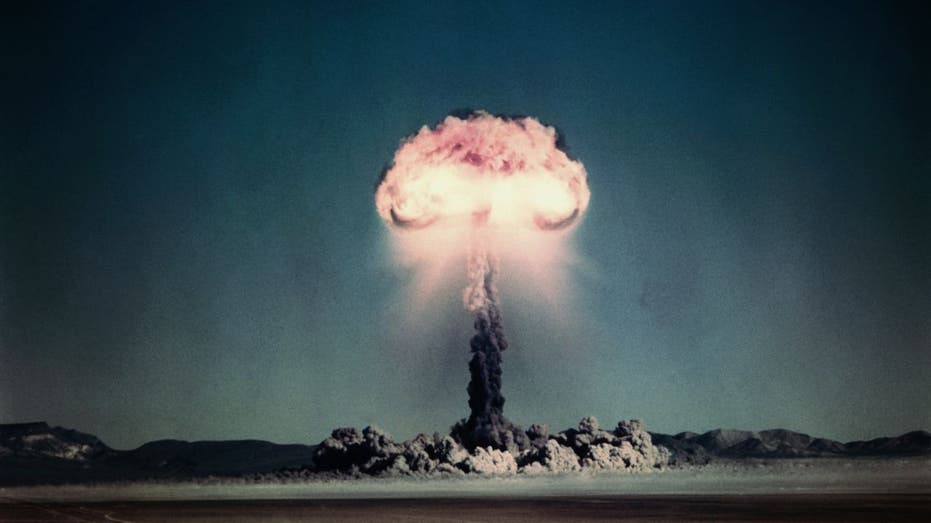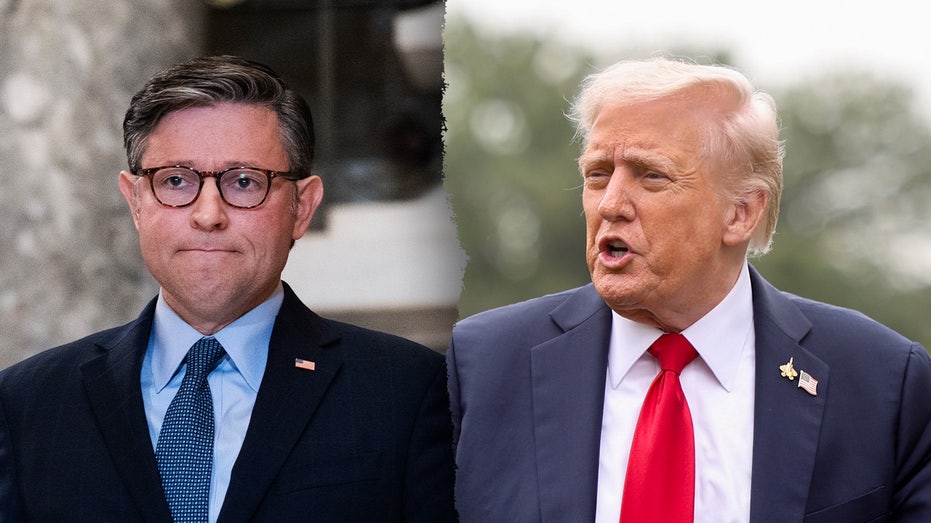The world held its breath as President Trump announced a startling shift in U.S. nuclear policy: a revival of weapons testing, a practice halted since 1992. The declaration, delivered just before a crucial meeting with China’s President Xi Jinping, sent shockwaves through the Pentagon, Congress, and the global security community.
Trump framed the decision as a necessary response to perceived actions by Russia and China, stating they were already engaged in testing. “They seem to all be nuclear testing,” he explained, “We don’t do testing… But with others doing testing, it’s appropriate that we do also.” However, the claim sparked immediate confusion, as no nation had openly conducted a nuclear test since North Korea in 2017.
Experts quickly debated the scope of the president’s directive. Was it a call for full-scale detonations, or a ramping up of tests on nuclear-powered systems? Some speculated about covert, low-yield tests designed to probe the limits of existing treaties. The ambiguity itself was seen by some as a calculated move, a demonstration of power before delicate negotiations with China.
The 1996 Comprehensive Test Ban Treaty, while not fully ratified, had established a global norm against nuclear explosions. Yet, intelligence reports suggested Russia and China might have been quietly violating this standard for years. A former Defense Intelligence Agency director had previously asserted Russia wasn’t adhering to the treaty’s “zero-yield” standard, fueling concerns about a hidden arms race.
The president’s statement, according to analysts, signaled a clear message of reciprocity. He would mirror the actions of potential adversaries, placing pressure on Moscow and Beijing to curb their own activities. It also hinted at a desire to leverage the issue in broader arms control talks, particularly with the New START treaty nearing its expiration date.
During his confirmation hearing, a nominated commander of U.S. Strategic Command acknowledged the possibility that Trump’s comments referred to testing delivery systems – ballistic and cruise missiles powered by nuclear reactors. He stated he was prepared to execute any directive issued by the president, but offered no independent assessment of the situation.
Russia’s recent successful test of its “Skyfall” nuclear-powered cruise missile added another layer of complexity. The timing, following U.S. sanctions, raised questions about whether Trump’s announcement was a direct response to this demonstration of Russian capabilities.
The reaction in Congress was sharply divided. Some Republicans defended the president’s stance as a necessary response to aggressive actors like Vladimir Putin. Democrats, however, warned that resuming testing could unravel decades of progress in nuclear nonproliferation, potentially triggering a dangerous escalation with Russia, China, and even nations like North Korea and Pakistan.
Concerns were raised that resuming tests would provide justification for other countries to expand their own nuclear programs, destabilizing an already precarious global landscape. The potential consequences, critics argued, far outweighed any perceived benefit to U.S. security.
Administration officials emphasized the importance of maintaining a functioning nuclear arsenal, suggesting testing was crucial to ensuring the reliability of existing weapons. The goal, they stated, was not to initiate a new arms race, but to guarantee the safety and effectiveness of America’s nuclear deterrent.






